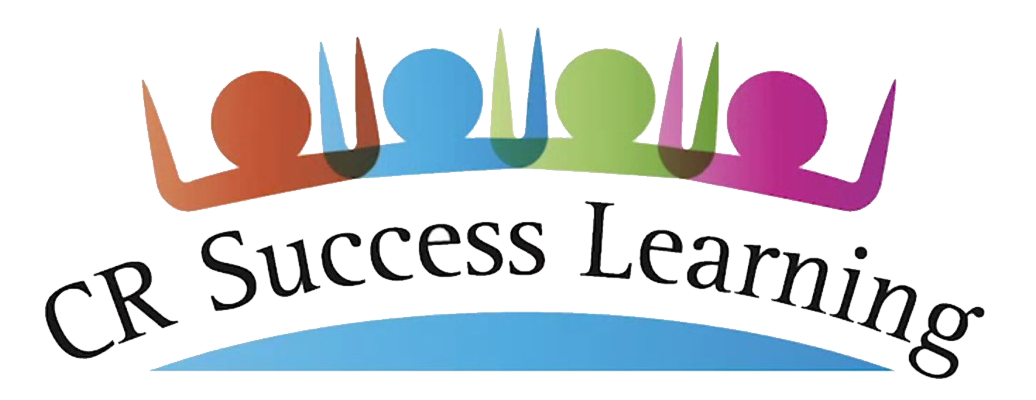Should I Teach Letter Names or Letter Sounds?
Observers in a CR Success classroom often remark on the high engagement level of the students and the unique materials being used. Specific language is also a key consideration when teaching the lesson. Listen to this CR Success teacher,
“Spell the word hot. How many sounds do you hear? Yes, three. Pinch each sound as you write it, /h/ /o/ /t/.”
The emphasis on sounds is evident in the teacher’s directions. This question frequently comes up, “Should only letter sounds, and not letter names, be used?”
As is the case with most literacy questions, the answer is complicated and it must be based on research. CR Success believes that a hallmark of a successful literacy program is its ability to continually adjust to current scientific research.
Advocates of teaching only letter-sounds cite the research of McGuinness (2004) and others. Their stance is based on the fact that our written language is derived from sounds. The most direct connection to letter-sound correspondences is through the sounds. Letter names are not related to sounds in a consistent manner (Seidenberg, 2016; Block, et al, 2015). Letter names are syllables, with a vowel attached at the beginning or end of the name: bee, eff. A few letter names have no relation to their sounds: h, w, y.
However, other research indicates that letter name knowledge not only is an excellent predictor of future reading skills, but it actually “boosts the development of major literacy-related skills, notably letter-sound knowledge and phonemic sensitivity skills, which in turn underlie the acquisition of the alphabetic principle and reading and spelling skills.” (Foulin, 2005) This research indicates that combined letter name and letter sound instruction was beneficial. Seidenberg, in his book, Language at the Speed of Sight, writes that letter names assist children in categorizing the letter. The following principles drive our programs:
We need to be explicit in our instruction (Block, et al, 2015).
We tell students, “Just as an animal has a name (lion) and a sound (roar!), letters have names and sounds. We use letter sounds when we read and spell.”
When we introduce a letter, we use specific language.
We need to be intentional in our use of letter names and sounds.
We use letter names to spell words aloud, particularly non-phonetic (T.R.I.C.K.y) Words.
We use letter sounds when building decodable words to spell. When we are reading words, we blend sounds together.
We practice the Alphabet Song by name and then by sound.
In conclusion, we recognize that we must provide students letter name knowledge, but our focus is on developing letter sound knowledge. We need to be both explicit and intentional in our approach. Explicit instruction through CR Success teaches discrimination between letter names and sounds. Intentional instruction consistently models when to use letter names and sounds. Our beginning readers will build a strong foundation by understanding the alphabetic principle, which is that words are composed of letters that represent sounds.
References:
Block, M.K. & Duke, N.K. (2015). Letter names cause confusion and other things to know about letter-sound relationships. Young Children, 70, 84-91.
Caravolas, M., Hulme, C., & Snowling, M. (2001). The foundations of spelling ability: Evidence from a 3 year longitudinal study. Journal of Memory and Language, 45, 751–774.
Foulin, N. (2005), Why is letter-name knowledge such a predictor of learning to read? Reading and Writing, 18, 129-155
McGuinness, D. (2004). Early reading instruction. Cambridge, MA: The MIT Press.
Seidenberg, M. (2017). Language at the speed of sight. New York, NY: Basic Books.
Silva, C., Almeida, T., & Martins, M.A. (2010). Letter names and sounds: their implications for the phonetisation process. Reading and Writing, 23, 147-172.


